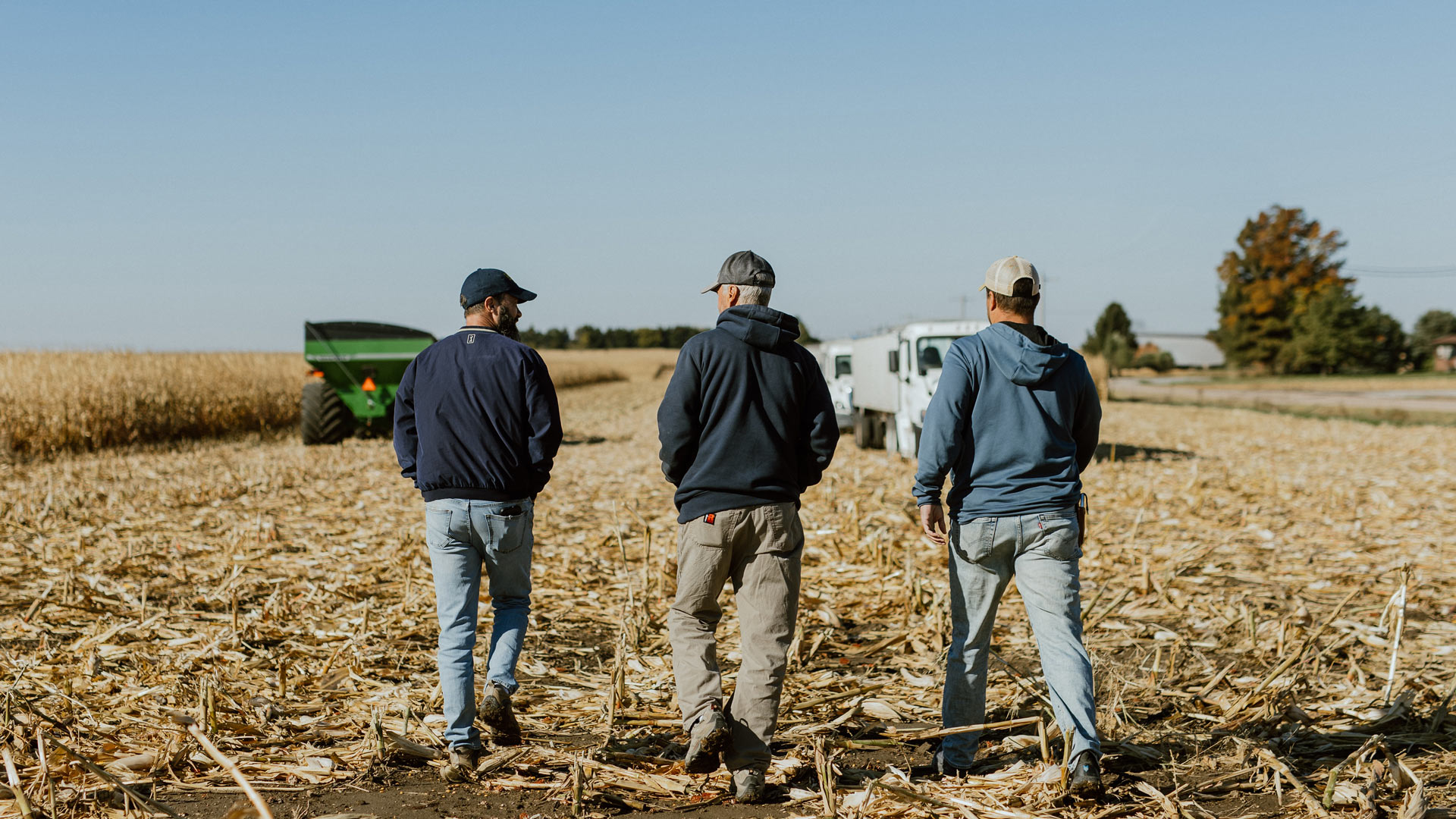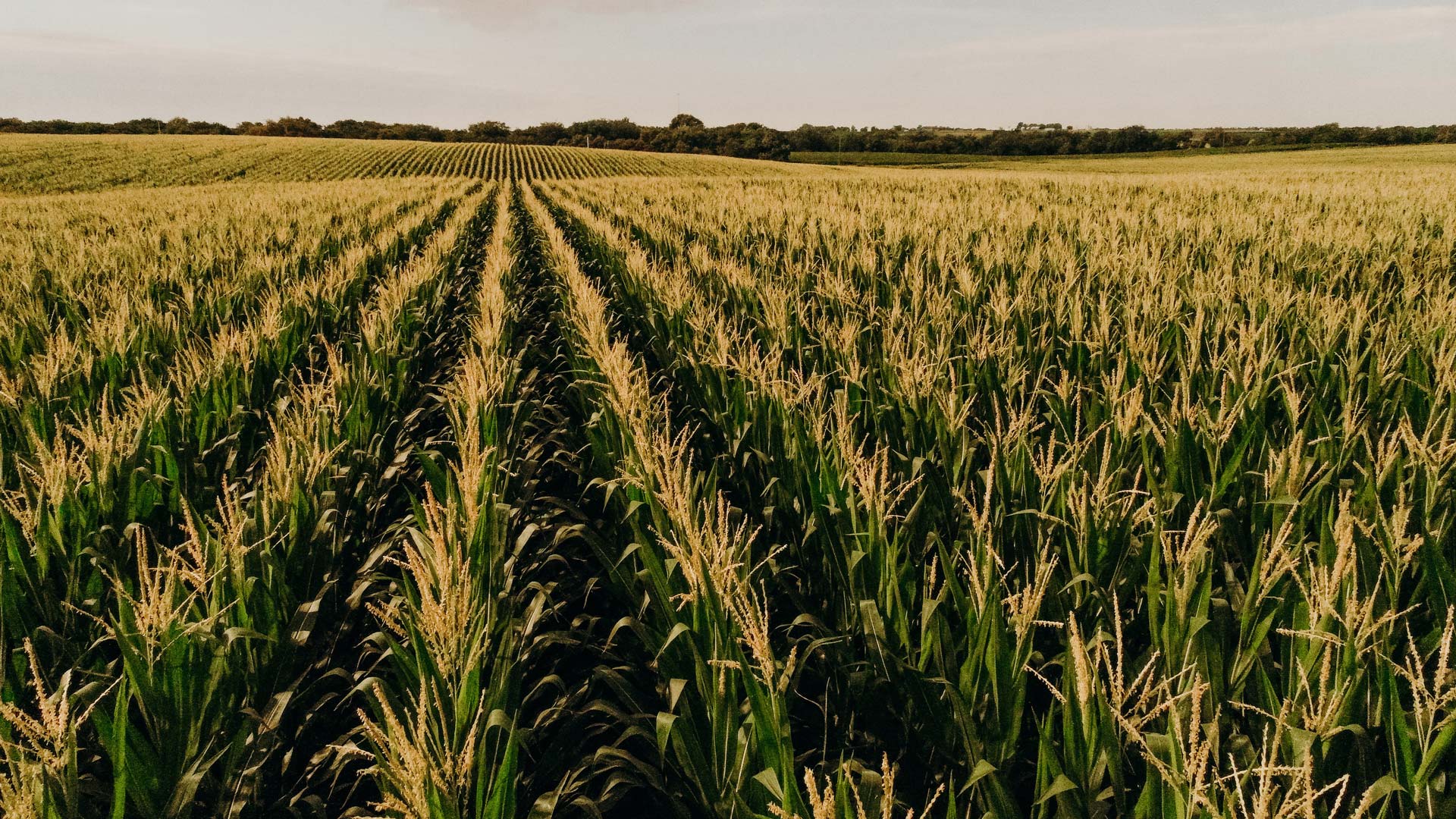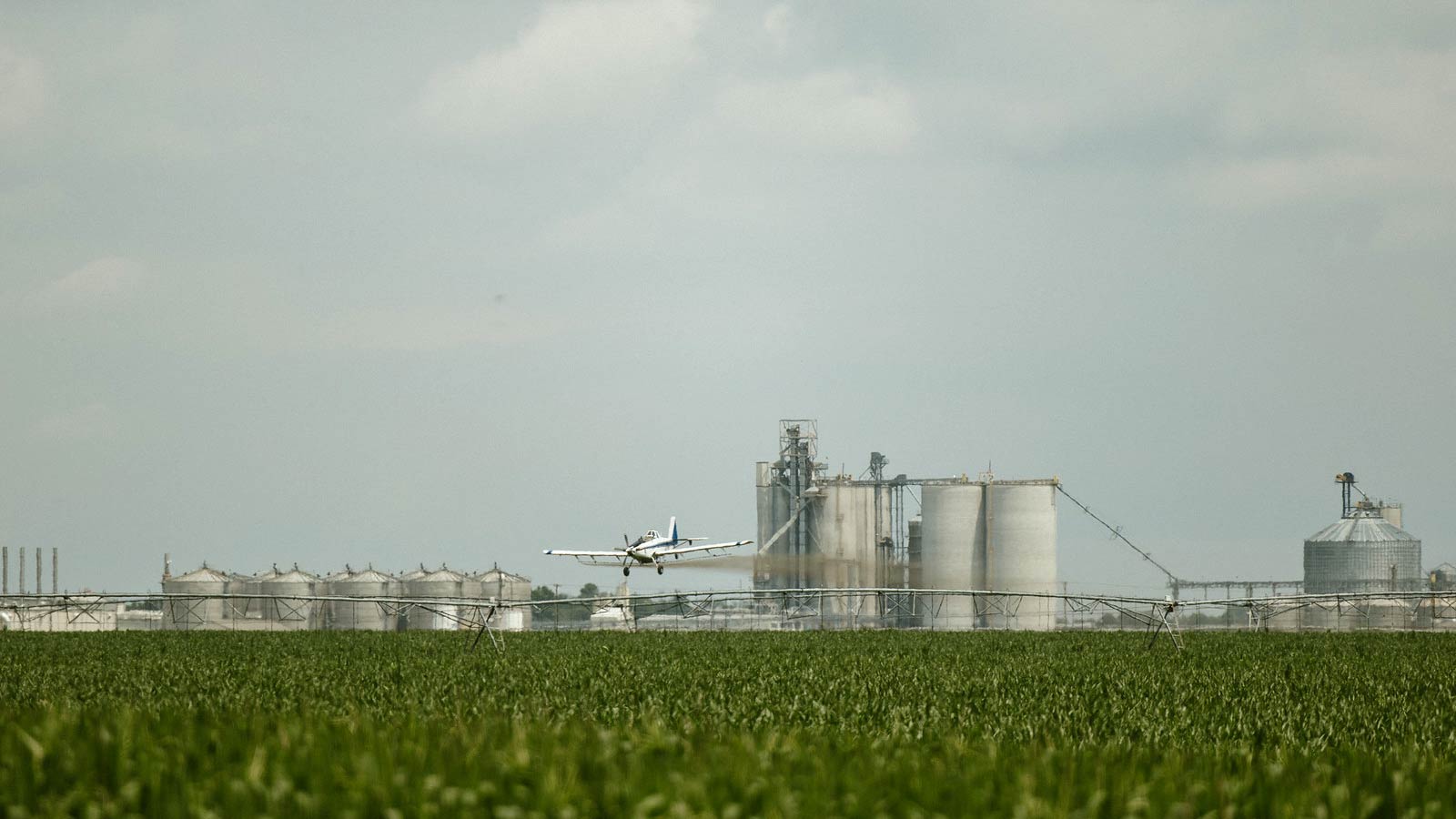The corn plant is a feat of natural engineering. It’s constructed of a variety of features that contribute to the plant’s growth, strength and productivity. From the stalk that serves as the plant’s backbone to the strands of golden corn silk that are critical to developing kernels, each part of the corn plant serves a vital role in its lifecycle.
By working together, they help the plant grow healthy and strong so it can produce the kernels we need for food, fuel, corn byproducts and commercial feed for livestock and a wide variety of corn-based products.
Here’s a look at the parts of corn and what they do:
Parts of a Corn Plant
Roots
The roots of a corn plant serve several important functions. They absorb water and nutrients to hydrate and nourish the plant. Corn roots also anchor the corn plants to the ground. Corn plants are very tall—some varieties can grow as tall as 10-12 feet—and roots of a corn plant usually extend 3-5 feet into the soil.
Stalk
The stalk serves as the main stem of a corn plant, acting much like the trunk of a tree. It supports the plant and distributes water, nutrients and sugars to different parts of the plant. The stalk of corn also provides strength to the plant, helping it remain upright when subjected to wind and rain.
Node
Corn nodes are located on the stalk. They look like a bump or swollen spot on the stalk and are the points where the plant’s leaves and ears attach to the cornstalk.
Leaves
A corn plant’s long, thin leaves serve several crucial purposes for the health and growth of the plant. A corn plant’s leaves are critical to photosynthesis, the process of turning sunlight into energy for the plant. They also facilitate evapotranspiration, which allows the plant to remain cool, distribute nutrients and regulate its internal water balance by releasing water vapor through small openings in the leaves.
Sometimes called “corn sweat,” the water released by corn leaves is believed by experts to increase humidity around corn fields.
Ears
Growing from the cornstalk, the ears on the corn plant are vital to corn reproduction. Corn ears are where the kernels form and grow. They are encased in layers of husks, which are thin leaf strips that protect the ears of corn.
Typically, corn plants have one ear of corn. However, plants exposed to more sunlight—such as those growing on the edges of the fields—may have more than one ear.
Husk
Corn husks are made of thin strips of leaves that encase the corn’s ears. They protect the corn ears and their contents from harm and dehydration, allowing the kernels on the ears to grow and flourish.
Kernels
One of the most identifiable parts of the plant are the kernels. There are an average of 800 kernels on each ear of corn. Many people are familiar with the corn they eat, called sweet corn or corn-on-the-cob. It’s often eaten in the summer, often late July. The kernels from white corn are made into food products such as tortilla chips or sweeteners. Yellow field corn is made into other products for livestock and ethanol production.
What part does a kernel serve to the plant? It’s essential to reproduction because it is the seed. It contains the genetic material necessary to grow a new corn plant and is what farmers plant in the ground each spring while growing corn.
There are four main parts to a corn kernel: the pericarp, endosperm, embryo and tip cap. The pericarp is the covering that protects the inside of the kernel. The endosperm is the energy source for the seedling, and the embryo contains the future seedling. The tip cap is where the kernel attaches to the cob.
Tassel
A corn tassel is the large, spikey structure at the top of the plant. It is considered the “male” part of the plant, containing pollen that is required to make seeds. Corn pollination happens when a corn tassel releases pollen, which lands on the corn silk and then goes inside the corn cob to make a kernel.
Silk
Though most known for its golden color, shiny texture and silk-like appearance, corn silk is considered the “female” part of the plant and serves an important purpose during corn plant pollination. Pieces of pollen travel down the strands of silk under the layer of corn husks to the corn cob. Once the pollen follows the silk strand all the way to the corn cob, it makes a kernel. Each kernel has its own strand of silk.
Corn silk is usually light green or yellow when young. It loses its golden color and becomes brown as the plant matures and nears harvest.
Carefully Caring for the Whole Corn Plant
Corn farmers play a crucial role in ensuring the health and vitality of every part of the corn plant. They do this by carefully providing any necessary additional nutrients and also by protecting the crop against pests and disease. If they are growing irrigated corn, farmers also provide the plants with the water they need to grow in dry climates or supplement when not enough rain is available.
Through sustainable farming practices, corn producers maintain soil health through techniques such as crop rotation, cover cropping and reduced tillage. Additionally, farmers judiciously utilize tools such as fertilizers and pesticides, applying them only when necessary to boost plant growth or protect against insects and weeds.
Related Posts
How Precision Agriculture Takes Corn Farming into the Future
Precision agriculture is revolutionizing the way Nebraska corn farmers grow their crops. By using advanced technology and data analytics, growers are able to maximize yields while minimizing waste. This new approach is helping Nebraska [...]




